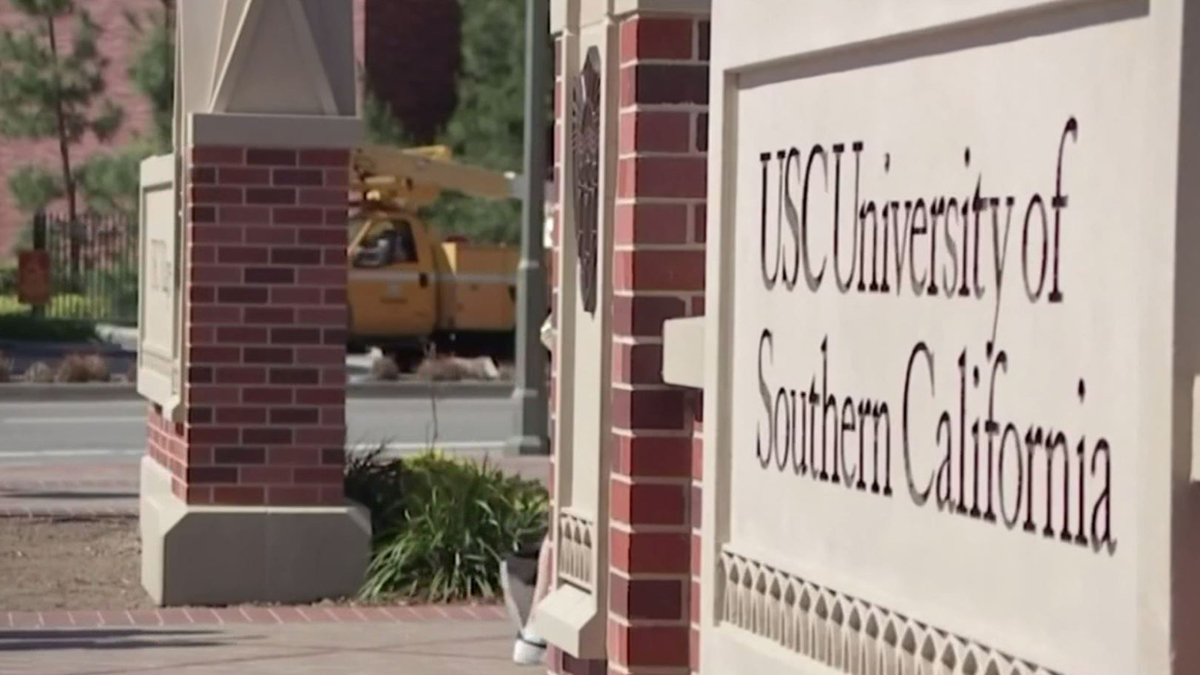Nearly seven decades after their bomber plane went down in modern day Papua New Guinea, two World War II U.S. servicemen are going to get a proper burial with full military honors, the U.S. Department of Defense announced this week.
Army Air Force 2nd Lt. Valorie L. Pollard of Monterey, Calif., and Sgt. Dominick J. Licari of Frankfort, NY, hit bad weather while returning to base after attacking enemy targets on March 13, 1944.
Crew members of an A-20G Havoc bomber, the men were part of an eight-plane formation. Three of those planes went down in the storm.
They crashed in the mountains of a country known today as Papua New Guinea, according to the DOD. Last year, that crash site was excavated for a third time and the servicemen’s remains were recovered.
California native Pollard, who was 25 years old when he died, was survived by a pregnant young wife. They exchanged letters, detailing what life would be like when their child was born and Pollard was back home.

"He went missing March 13, 1944. I was born at the end of June," said Sandra Pollard, the couple's only child.
Local
Get Los Angeles's latest local news on crime, entertainment, weather, schools, COVID, cost of living and more. Here's your go-to source for today's LA news.
In 1946, Pollard’s brother gathered together a search party to scour the overgrown, rugged terrain where the airmen may have crashed.
“My mother said he was very gentle – he had a very gentle disposition,” Sandra Pollard said of her father. “My grandma said he was smart, interested in a lot of things. … And loved magic tricks.”
Now, 69 years after they perished, the fallen soldiers will be laid to rest on U.S. soil.
An organization dedicated to accounting for Americans lost during war took DNA samples from Pollard’s second cousins in Sacramento. But the remains were so badly burned, they could not be identified as Pollard’s using DNA.

Still, a thermos, a tube of antibiotic ointment and shards of broken sunglasses survived the crash. Excavators found Licari’s dog tags, but Pollard’s were not recovered.
Pollard, pictured at right with his wife, and Licari will be buried as a group in a single casket on Sept. 19 at Arlington National Cemetery. The individually identified remains of Licari were buried Aug. 6 in his hometown of Frankfort, NY, the DOD said in a news release.
Sandra Pollard said she's "sorry" her mother died before she could have this closure. She plans to attend her father's funeral service in Washington, D.C., next month along with her half-sister, niece and grandson.
Of the more than 400,000 U.S. service members killed in WWII, some 73,000 were never recovered or identified, according to the DOD.



